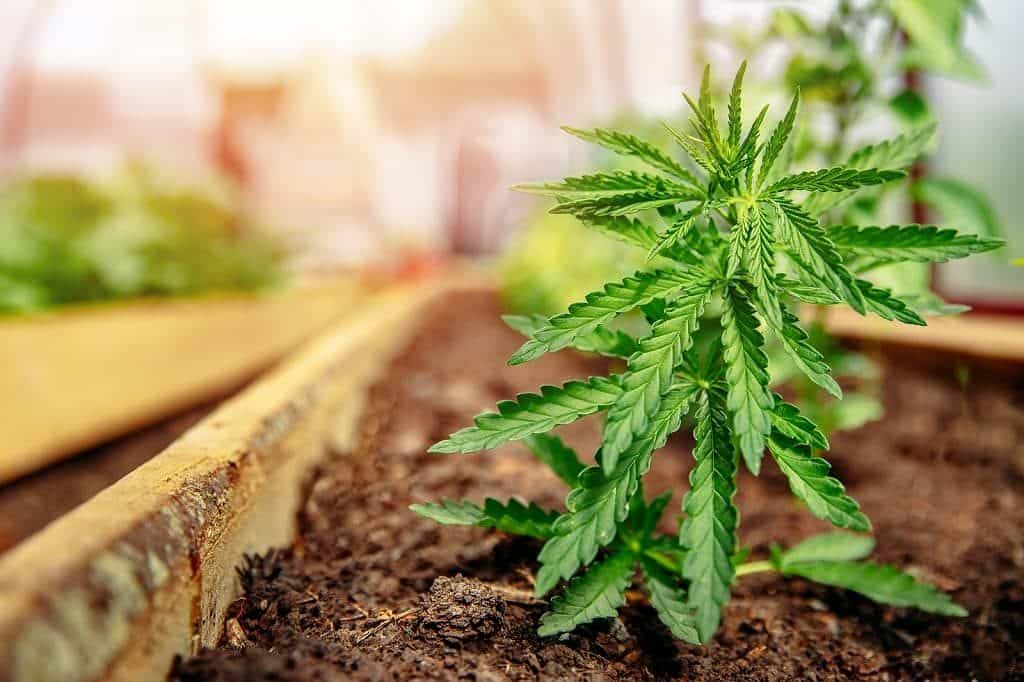We recently wrote about how cannabis stocks have been crashing as the industry constituents start to back out of deals citing lofty valuations in an industry that contains an abnormally large amount of risk in the first place. One way to mitigate all this risk is through diversification, and we talked about the two biggest ETFs out there for playing the cannabis theme: the Horizons Marijuana Life Sciences Index ETF (HMMJ:CN) and the ETFMG Alternative Harvest ETF (MJ). When looking at the constituents for HMMJ, we noted that the best performing stock in the top-ten constituents happens to be a $6 billion fertilizer company called ScottsMiracle-Gro (SMG). We want to understand how much the growth of cannabis has impacted this performance in light of other growth trends like indoor farming. Before we do anything, let’s detail the cannabis thesis a bit more.
The Cannabis Thesis
Before the advent of high-tech cannabis grow boxes, you might have simply just used an empty closet along with some soil, some ventilation, some grow lights, and some fertilizer. The biggest capital expense would probably be the lighting setup. If you opted to grow hydroponically (growing plants in water instead of soil), then your biggest expense would be the hydroponics equipment. The investment thesis here is that the l






